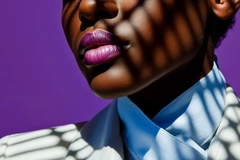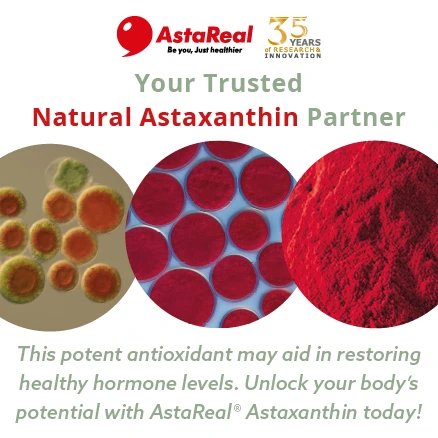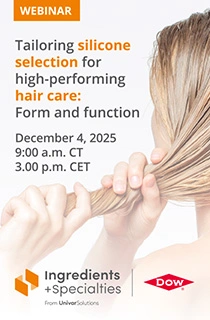Cosmetics linked to rise in skin allergies among teens and tweens
A study has found a link between allergic contact dermatitis and early cosmetics exposure. According to the researchers, the number of contact allergies has increased significantly in the past two decades, and the number of young people using cosmetics has also increased.
Contact allergies are visible on the skin, causing skin conditions such as itchy rashes. Some skin conditions can also be permanent.
Although contact allergies are common in children, the study found that cosmetics are the main cause of their development.
The authors used data from the Finnish Care Register for Health Care and included all children (people under 18) diagnosed with contact allergy by a dermatologist between 2001 and 2021. They say no similar nationwide registry study of Finland’s entire child population has ever been conducted.
“We need to address the trend of children starting to use cosmetics at an increasingly early age and in much greater quantities than before,” says associate professor Suvi-Päivikki Sinikumpu, dermatologist and allergologist at the University of Oulu, Finland.
“Even very young children admire the use of face masks and lip gloss, and teenagers today use cosmetics far more extensively than they did a couple of decades ago. Few parents realize that this significantly exposes children to preservatives in cosmetics, thus increasing their risk of developing contact allergies, which can cause, for instance, persistent facial rashes,” says Sinikumpu.
Two decades of data
The study, published in Acta Dermato-Venereologica, examined contact allergies for 20 years.
Cosmetic allergy was the second most reported allergy after metal allergy. The most common cosmetics reported for children were sunscreens, shampoos, and wet wipes.
 The most common cosmetics reported for children were sunscreens, shampoos, and wet wipes.The results aligned with similar studies in Greece and Italy. However, a UK study showed contradictory results, indicating a static number of contact allergies for the same age group.
The most common cosmetics reported for children were sunscreens, shampoos, and wet wipes.The results aligned with similar studies in Greece and Italy. However, a UK study showed contradictory results, indicating a static number of contact allergies for the same age group.
Elaborate skin care routines and the use of personal care products have gained increased attention among young people due to the rise of social media. Brands are responding by creating products that target younger generations directly.
However, a recent US study found that tweens and teenage girls following beauty advice on TikTok may harm their skin by being encouraged to adopt intensive routines meant for adults. The results show that girls aged seven to 18 use, on average, six skin care products and have a routine exceeding 10 minutes, using products mainly created for mature skin.
“The high risk of irritation came from using multiple active ingredients at the same time, such as hydroxy acids (AHA), as well as applying the same active ingredient unknowingly over and over again from multiple products,” Molly Hales, co-author of the US-based study, explains.
Personal care products have also been linked to other health concerns. A recent study in Korea found endocrine-disrupting chemicals in urine from Korean adolescents who used cosmetics daily. The researchers stressed the public health concern of exposure to these hazardous chemicals, especially in young people.














